Sequoia sempervirens in central NJ - Any chance?
famartin
14 years ago
Featured Answer
Sort by:Oldest
Comments (95)
famartin
13 years agoJakeK
13 years agoRelated Discussions
Sequoia sempervirens in central NJ - Any chance? PT. 2
Comments (31)I hate to be a bumper but...any news famartin? All of mine recovered completely; by late summer you have had no idea anything had happened to them. Am increasingly concerned about this winter as the "polar vortices" seem never to have retreated this year. OTOH, NOAA CPC is not calling for a colder than normal winter. So maybe there's a ray of hope. The northern tier of states getting snow covered so early does not bode well though...and apparently the Great Lakes never really warmed up to normal temp. levels this summer....See MoreSequoia sempervirens in 0F to 10F?
Comments (17)Yes: part of knowing what to do is knowing where to look, when you need to. Even a professor has a wall of books in his office. I've been criticized recently for quoting from books here. That I do that doesn't mean I've been looking everything I post up. There are multiple reasons for excerpting from outside sources, as part of a discussion. That's why there's an Optional Link URL box provided by the site. Another idea that has popped up more than once in discussions on this site is that if it's in a book it's invalid, the flip side implication being that if someone types it off here or better yet says it to your face it's automatically more valid. No, books are just another format for information. They can reproduce baloney or be worth their weight in gold. They do have the advantage of being edited (with varying degrees of success). The only "peer review" or "editing" that occurs here is follow-up posting....See MoreA good professional painter in central NJ?
Comments (2)You can also sign up for angieslist.com for $5 a month and in your area you will be able to see who has used whom for painting and what they liked about this or that painter. They don't accept advertisers so you can't buy your way onto their list. Great for all home stuff,,,we used them to find our a/c contractor,,,put in french door etc. Only a consumer can put in a positive or negative experience and you can get lists by grade, distance from your zip etc.,,Good service if you ask me....See MoreHardier sequoia sempervirens cultivars
Comments (14)You're welcome. Just reviewing my many email threads with people over the years. David Parks said at some point, concerning the connection between 'Swarthmore Hardy' and 'Chapel Hill'..."a large Sequoia died at the Scott Arboretum". He didn't give a timeframe though. Their online database doesn't show dead plants. And I had the timeframes at the Barnes slightly mixed up. It was the Monkey Puzzle that was planted at some point in the 1960s. The Coast Redwood was planted in 1971...but that still means it made it past all the awful winters of 78-94. The precise date of the North Carolina collection was 1907. Next time I am over in Newark, DE I will check the Faris book there to see if it gives an exact date for the SE PA trees. It would be statistically implausible that 2 collections of the species way back in 1907, intended for east coast gardens, were unrelated if taking place in the same year....See Morefamartin
13 years agoblue_yew
13 years agoJakeK
13 years agotaxo_man
13 years agofamartin
12 years agofamartin
12 years agotaxo_man
12 years agofamartin
12 years agotaxo_man
12 years agotaxo_man
12 years agofamartin
12 years agofamartin
12 years agorich101
12 years agotaxo_man
12 years agofamartin
12 years agofamartin
12 years agotaxo_man
12 years agofamartin
12 years agofamartin
12 years agotaxo_man
12 years agointerloper5_hotmail_com
12 years agodavidrt28 (zone 7)
12 years agofamartin
12 years agofirefightergardener
12 years agofamartin
12 years agotaxo_man
12 years agofamartin
12 years agojimho
11 years agodavidrt28 (zone 7)
11 years agobengz6westmd
11 years agopineresin
11 years agofamartin
11 years agocliff98
11 years agotaxo_man
10 years agofamartin
10 years agofamartin
10 years agofamartin
10 years agotaxo_man
10 years agonikkie_in_toronto
10 years agotaxo_man
10 years agomesterhazypinetum
10 years agofamartin
10 years agotaxo_man
10 years agohairmetal4ever
10 years agodavidrt28 (zone 7)
10 years agofamartin
10 years agodavidrt28 (zone 7)
10 years ago
Related Stories

GROUND COVERSNative Alternatives to English Ivy, Japanese Pachysandra and Periwinkle
These shade-loving ground covers are good for the environment and say something about where you are
Full Story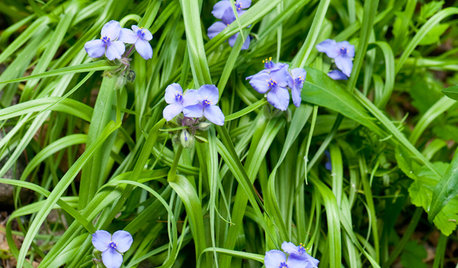
GARDENING GUIDESGreat Design Plant: Tradescantia Ohiensis Adds Shades of Blue
This reliable, adaptable U.S. native provides spider-like foliage and clusters of blue to purple flowers in Eastern gardens each spring
Full Story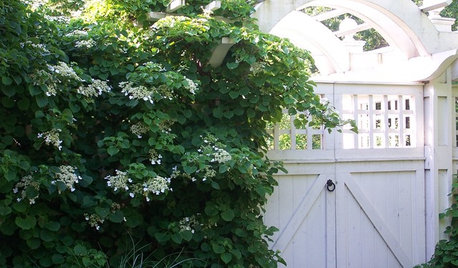
FALL GARDENING6 Deer-Resistant Flowering Vines to Plant This Fall
Have a major deer problem? Here are some of the only vines that have a chance of not being eaten
Full Story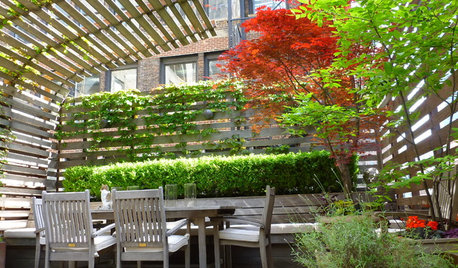
GARDENING AND LANDSCAPINGHouzz Call: Show Us Your Great Patio, Deck or Rooftop!
Give your patio a chance at the spotlight as we head outdoors for a new summer ideabook series
Full Story
GARDENING GUIDESBackyard Birds: Invite Entertaining Hummingbirds Into Your Garden
Hummingbirds — unique to the Americas — zip through open landscapes seasonally or year-round. Here’s how to attract them
Full Story
LIFERetirement Reinvention: Boomers Plot Their Next Big Move
Choosing a place to settle in for the golden years? You're not alone. Where boomers are going and what it might look like
Full Story
GARDENING GUIDESHow to Find the Right Native Plants for Your Yard
Find plant maps, sale sites and guides that make going native in the garden easier than ever
Full Story
LIFETrue Confessions of a House Stalker
Letting go when a new owner dares to change a beloved house's look can be downright difficult. Has this ever happened to you?
Full Story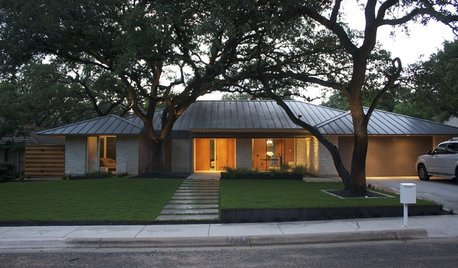
ARCHITECTURERoots of Style: Ranch Architecture Roams Across the U.S.
Great remodeling potential and generously spaced sites make ranch homes ever popular. Is one of the many variations right for you?
Full Story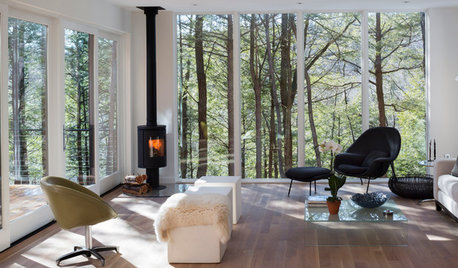
MODERN HOMESHouzz Tour: Creek Views Star in a Modern New York Home
Natural materials, all-white interiors and generous windows put the focus on forest and water in this weekend home for a family
Full Story



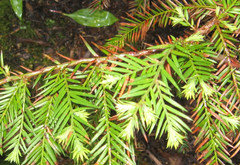
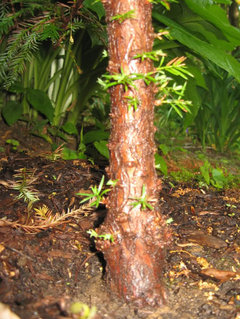


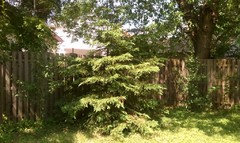
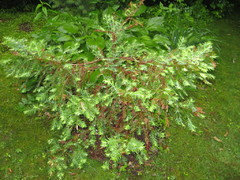
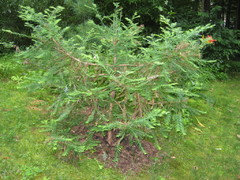

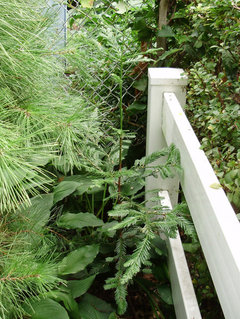

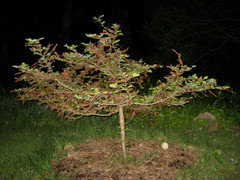
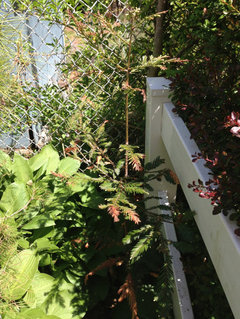


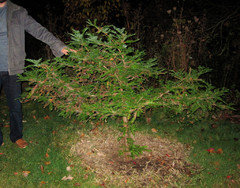
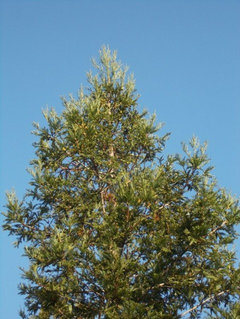





mesterhazypinetum